Alan Chimacoff
B.Arch. '64

Alan Chimacoff.

The Hillier Group (lead architect), Cornell University Sage Hall Reconstruction (1998), atrium, Ithaca, New York.

The Hillier Group, Cornell University Laboratory of Ornithology's Imogene Powers Johnson Center for Birds and Biodiversity (2003), 90,000 square feet, Ithaca, New York.
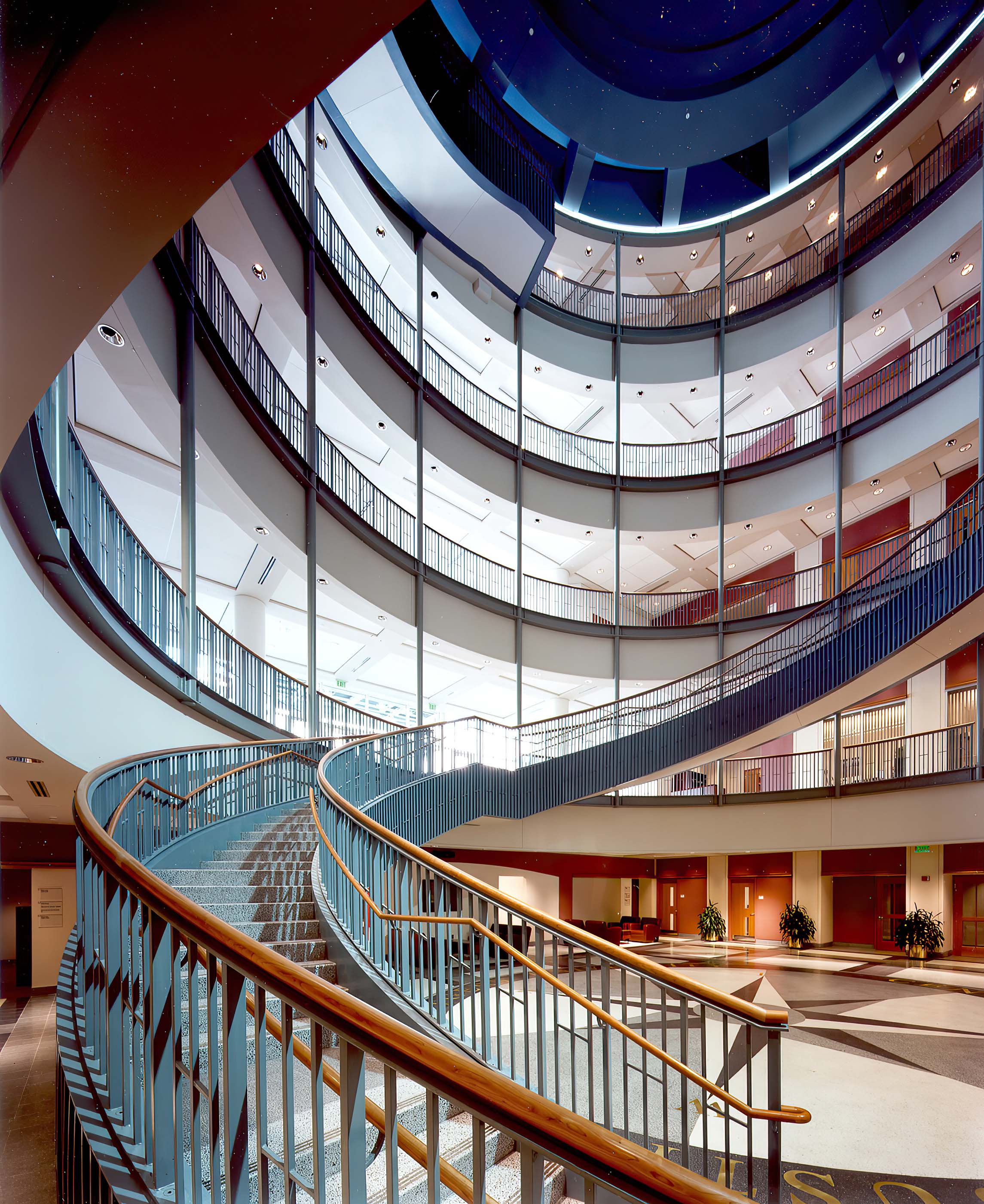
The Hillier Group, Rutgers University Center for Law and Justice (2000), atrium, Newark, New Jersey.

ikon.5 architects, Cornell University Breazzano Family Center for Business Education (2017), interior staircase, Ithaca, New York.
Projects
Arizona State University College of Architecture and Environmental Design (1989)

The Hillier Group, second-story bridge connecting the north and south buildings, renamed The Design School in 2010, 10,000 square feet, Tempe, Arizona.

The Hillier Group, interior court of The Design School, renamed in 2010, Tempe, Arizona.

The Hillier Group, site plan, renamed The Design School in 2010 and housed within the Herberger Institute for Design and the Arts created in 2009, Tempe, Arizona.
Cornell University Sage Hall Reconstruction (1998)
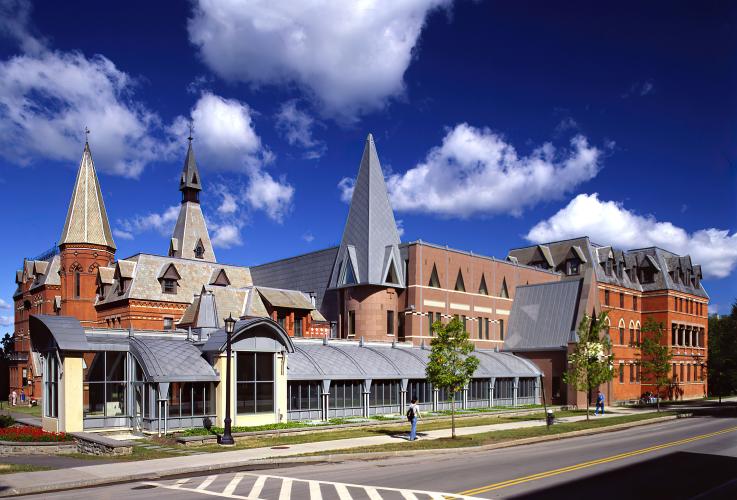
The Hillier Group (lead architect), exterior facade with 45-foot towers viewed from Feeney Way (formerly East Avenue), Ithaca, New York.
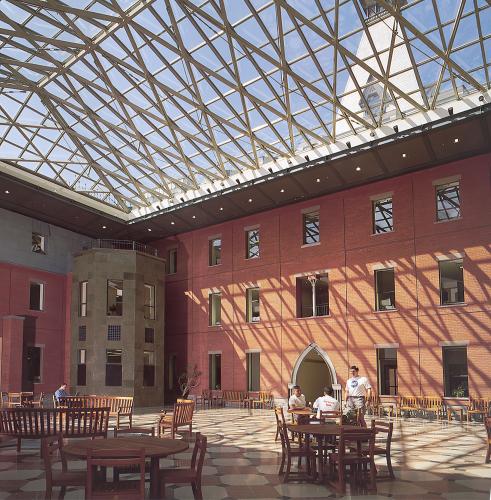
The Hillier Group (lead architect), atrium with a glass roof, Ithaca, New York.

The Hillier Group (lead architect), first floor plan, Ithaca, New York.

The Hillier Group (lead architect), site plan, Ithaca, New York.
Columbia University William and June Warren Hall (1999)

The Hillier Group, facade viewed from the southwest, brick, limestone, granite, 85,000 square feet, New York City.
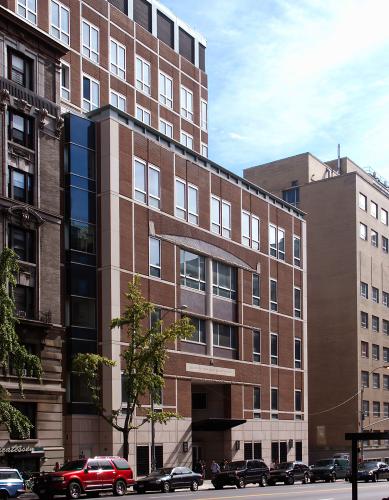
The Hillier Group, facade viewed from the northwest, brick, limestone, granite, 85,000 square feet, New York City.

The Hillier Group, atrium, New York City.
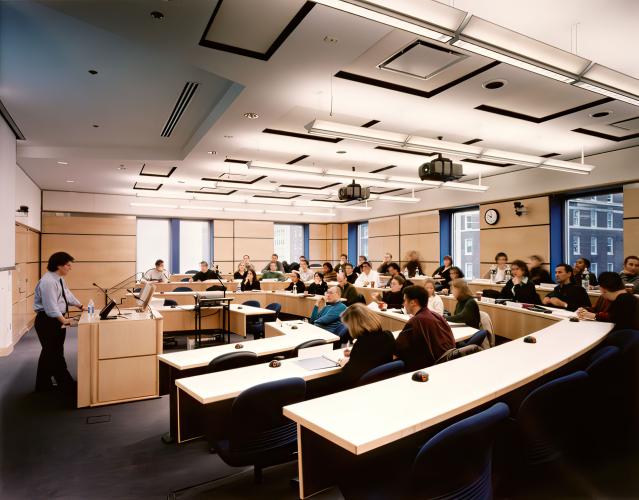
The Hillier Group, classroom, New York City.
Princeton University Bowen Hall (1993)
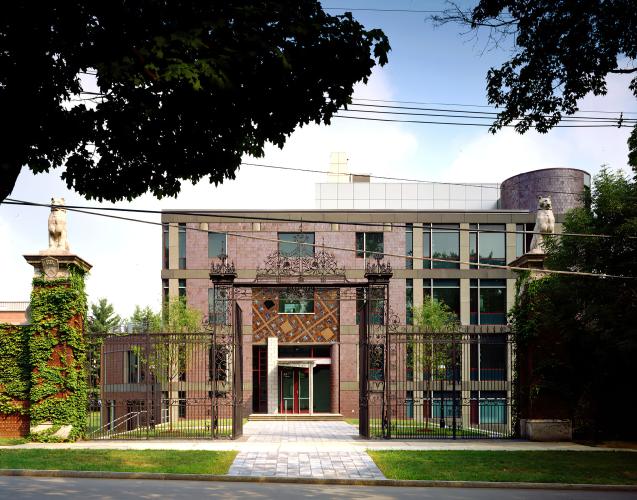
The Hillier Group, south facade, Princeton.
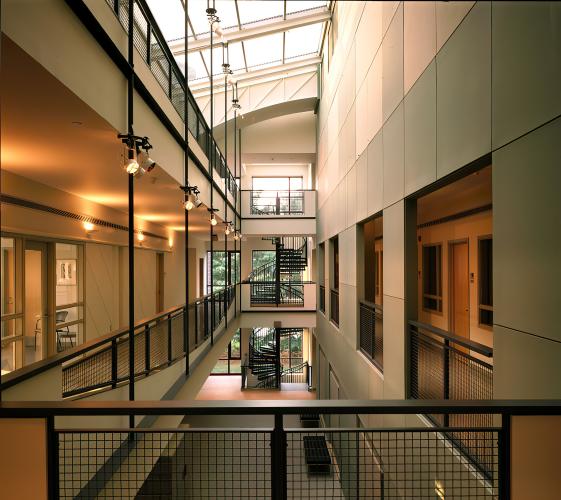
The Hillier Group, atrium, Princeton.
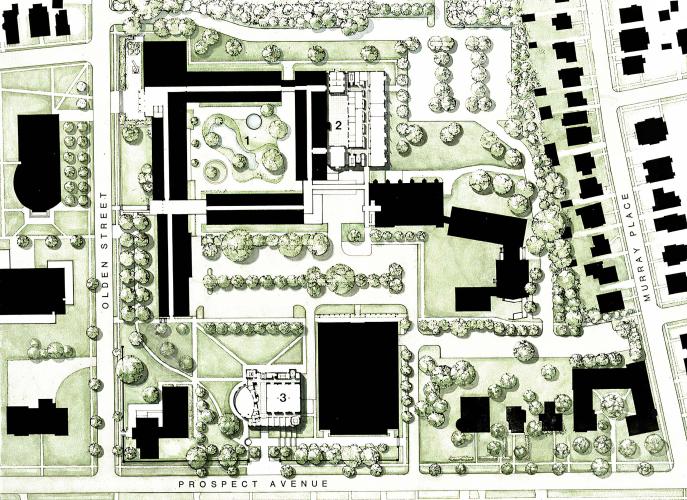
The Hillier Group, site plan, Princeton.
Rutgers University Center for Law and Justice (2000)

The Hillier Group, view from New Street, 225,000 square feet, Newark, New Jersey.

The Hillier Group, atrium, Newark, New Jersey.
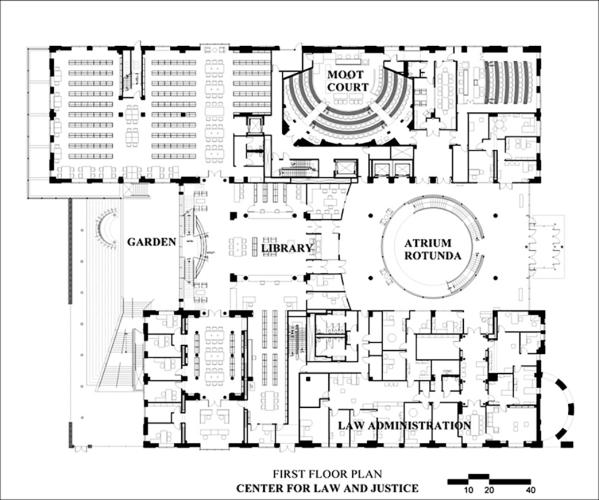
The Hillier Group, first floor plan, Newark, New Jersey.
Cornell University North Campus Plan and Residences (2001)
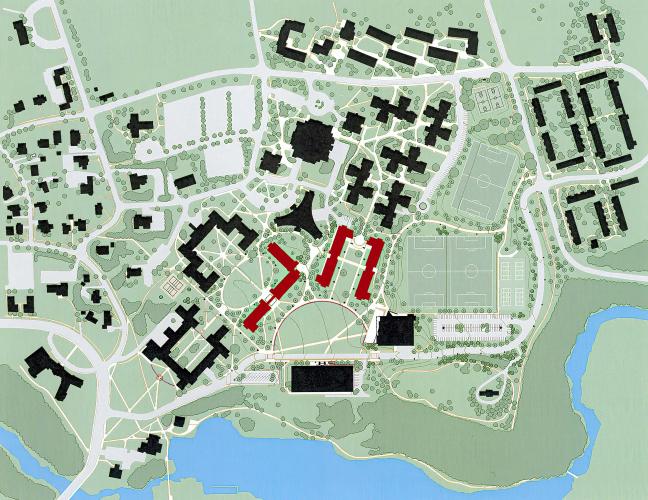
ikon.5 architects, plan, Ithaca, New York.
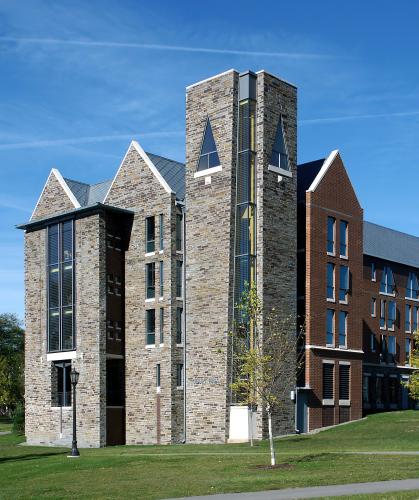
The Hillier Group and Dagit Saylor Architects, Bauer Hall south tower, part of a 258,000-square-foot residential complex, Ithaca, New York.
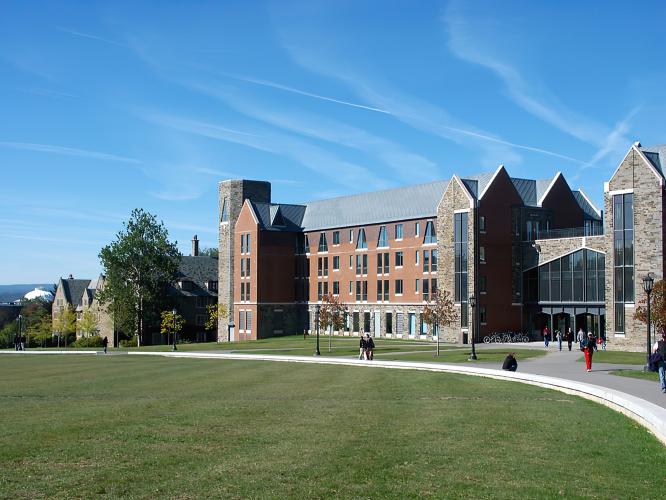
The Hillier Group and Dagit Saylor Architects, Bauer Hall and Kay Hall, part of a 258,000-square-foot residential complex, Ithaca, New York.
Cornell University Laboratory of Ornithology (2003)

The Hillier Group, Imogene Powers Johnson Center for Birds and Biodiversity, aerial view, 90,000 square feet, Ithaca, New York.

The Hillier Group, Imogene Powers Johnson Center for Birds and Biodiversity, facade viewed from across the pond in Sapsucker Woods, locally quarried Llenroc stone and textured cedar siding, 90,000 square feet, Ithaca, New York. photo / Jon Reis

The Hillier Group, Imogene Powers Johnson Center for Birds and Biodiversity, observatory, Ithaca, New York.
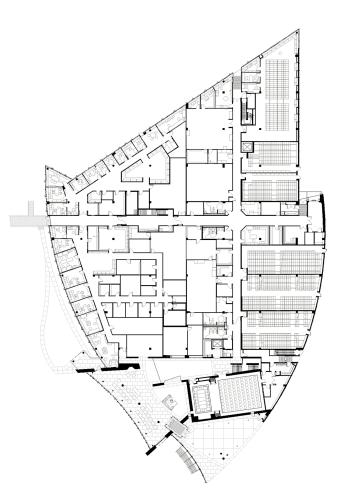
The Hillier Group, Imogene Powers Johnson Center for Birds and Biodiversity, first floor plan, Ithaca, New York.
Arizona State University Barrett Honors Residential College (2009)
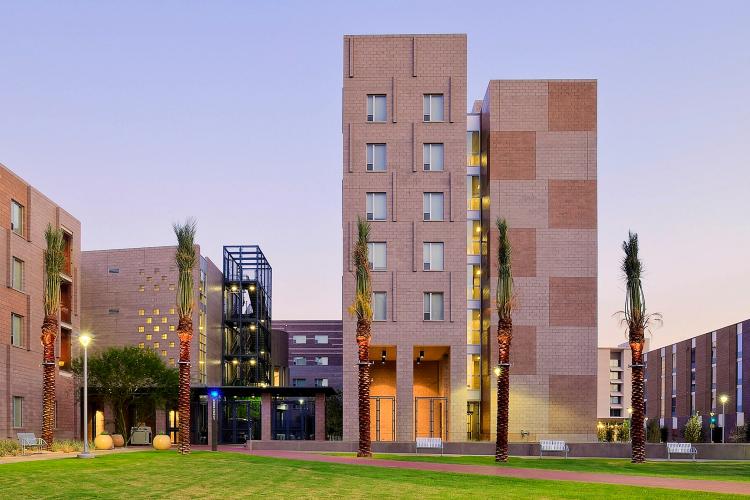
ikon.5 architects and DWL Architects + Planners, front facade, eight-acre complex consisting of nine buildings, 531,000 square feet, Tempe, Arizona.
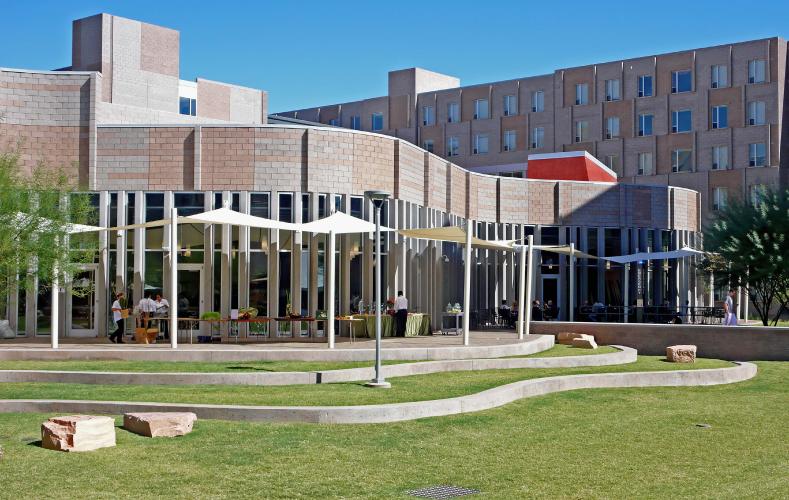
ikon.5 architects and DWL Architects + Planners, dining exterior, eight-acre complex consisting of nine buildings, 531,000 square feet, Tempe, Arizona.

ikon.5 architects and DWL Architects + Planners, dining interior, eight-acre complex consisting of nine buildings, 531,000 square feet, Tempe, Arizona.
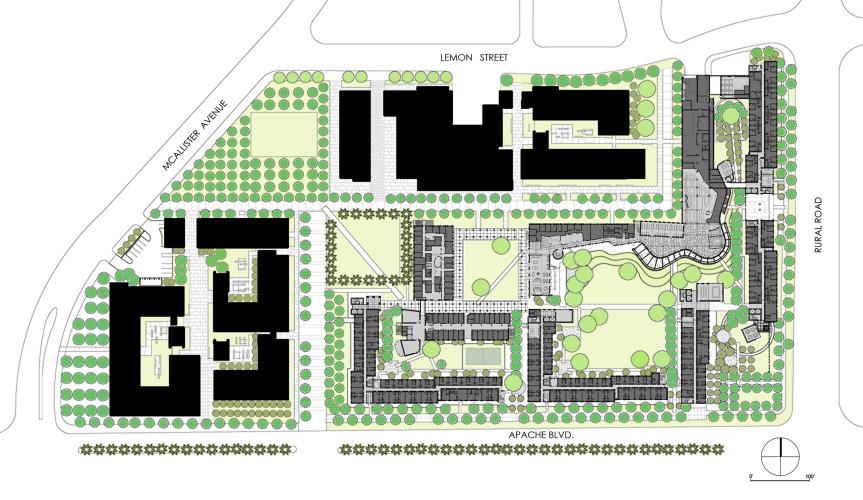
ikon.5 architects and DWL Architects + Planners, site plan, eight-acre complex consisting of nine buildings, 531,000 square feet, Tempe, Arizona.
Collegetown Terrace Apartments (2017)
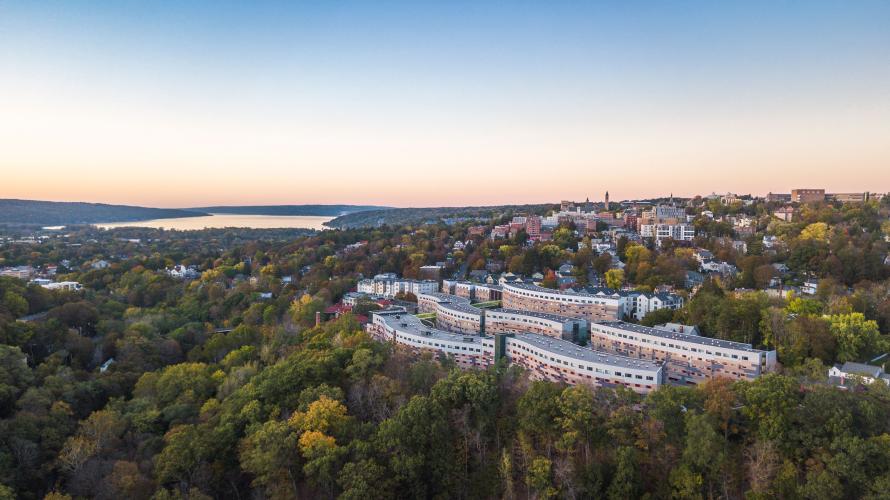
ikon.5 architects, aerial view, 25,000 square feet, Ithaca, New York.
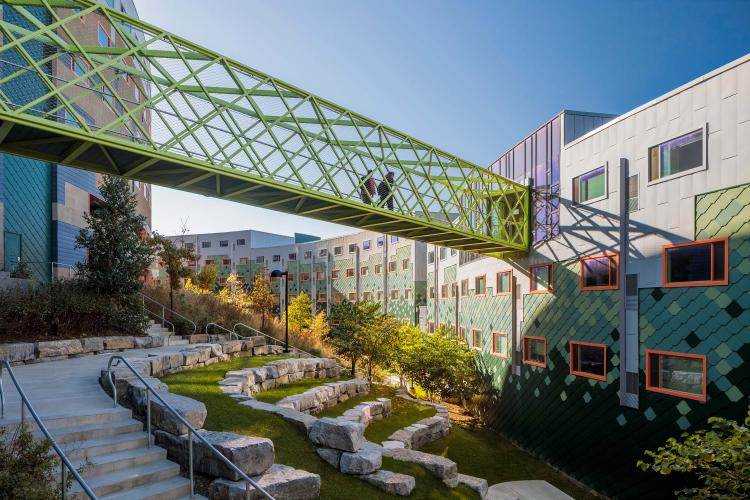
ikon.5 architects, bridge, building exterior clad in colored 0.032-aluminum shingles, Ithaca, New York.
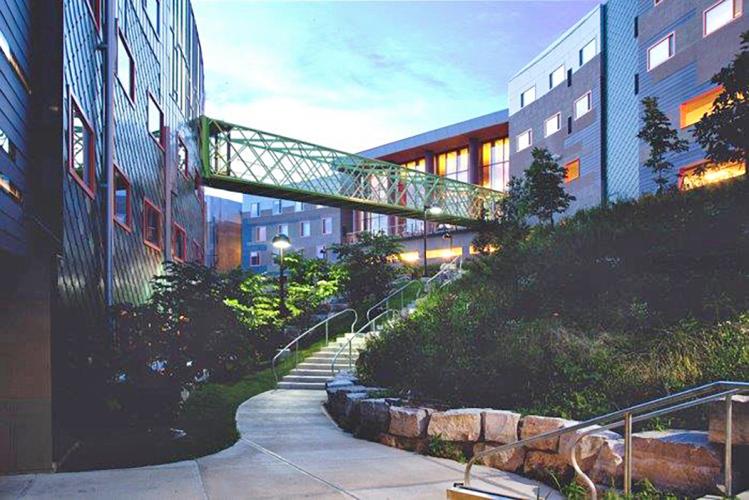
ikon.5 architects, pavilion and bridge, Ithaca, New York.

ikon.5 architects, pavilion, Ithaca, New York.
Cornell University Breazzano Family Center for Business Education (2017)

ikon.5 architects, front facade viewed from Dryden Road, 90,000 square feet, Ithaca, New York.
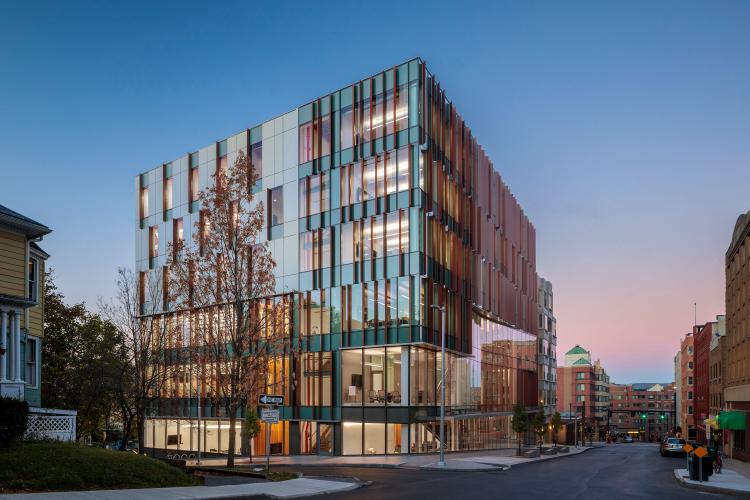
ikon.5 architects, view from corner of Dryden Road and Linden Ave, 90,000 square feet, Ithaca, New York.
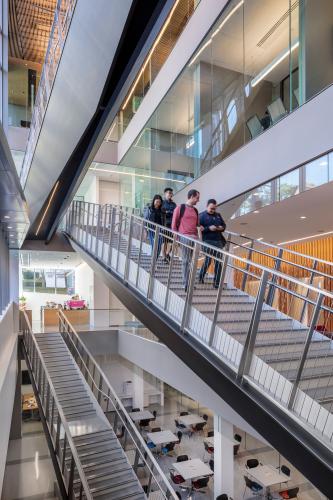
ikon.5 architects, interior staircase, Ithaca, New York.
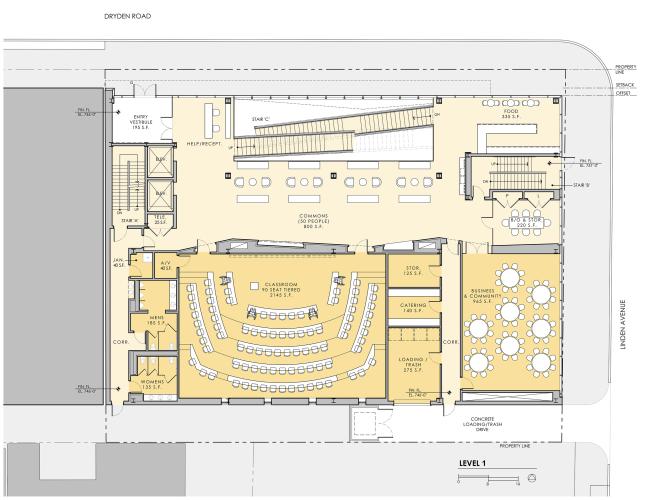
ikon.5 architects, first floor plan, Ithaca, New York.
Selected Photography
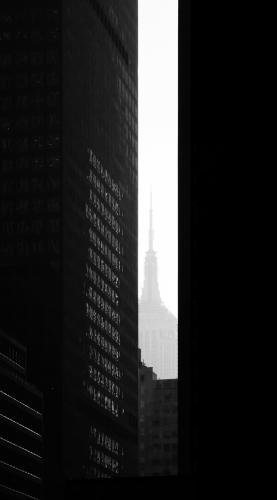
City Crack.
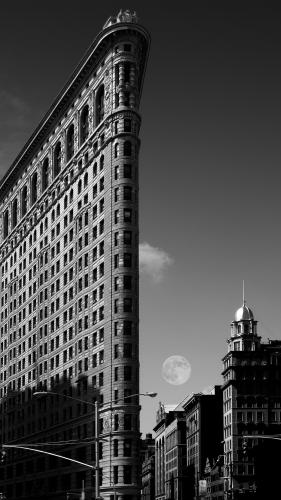
Omaggio.

Flatiron Sky.

Facade Floated.
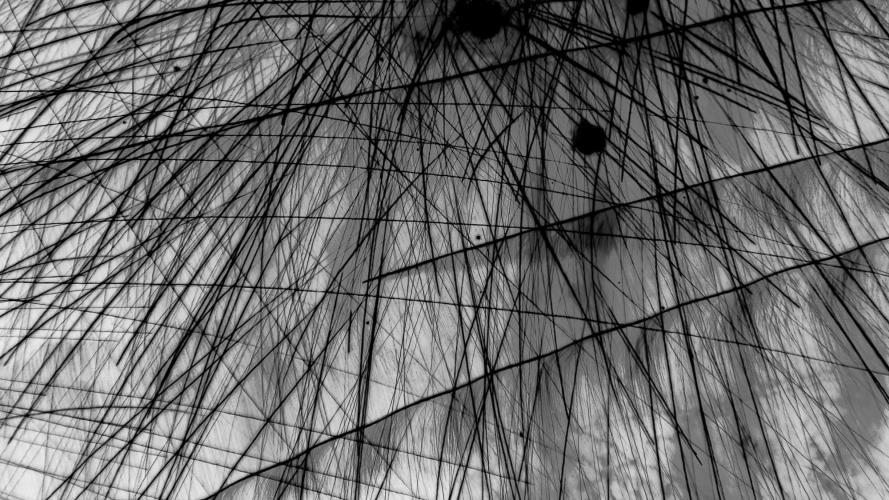
Pyrosketch 14.

Pyrosketch 32.
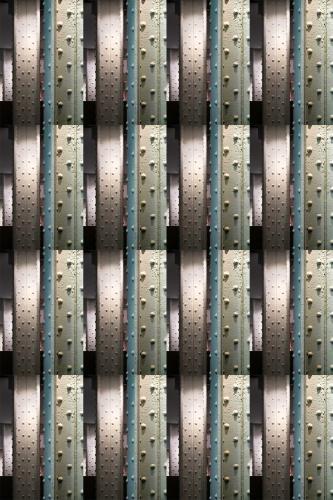
Champ Rivets.
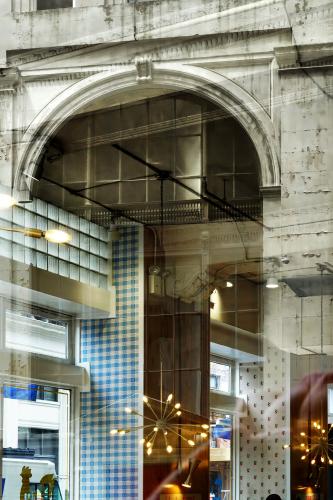
City Reflex.
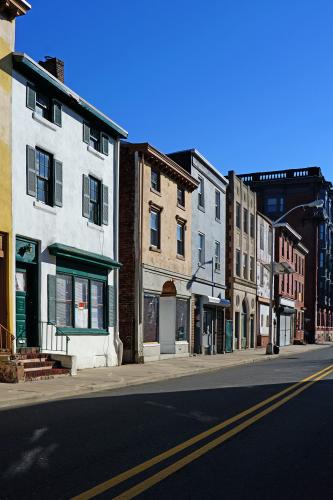
TTN Street.
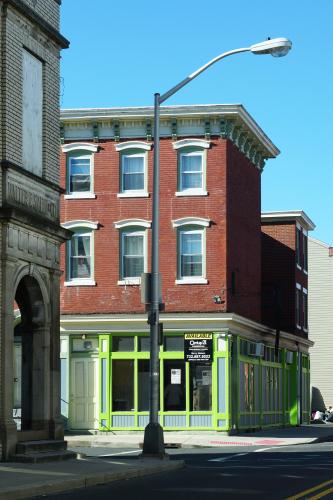
Corner VP.

Facciata Ultima.
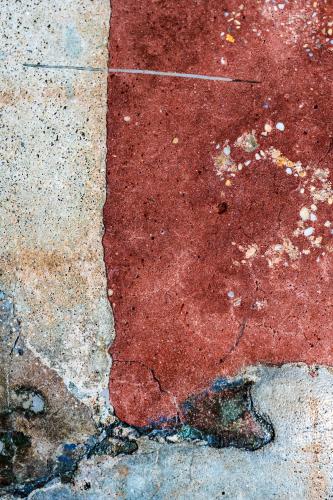
Floor Show 2.0.
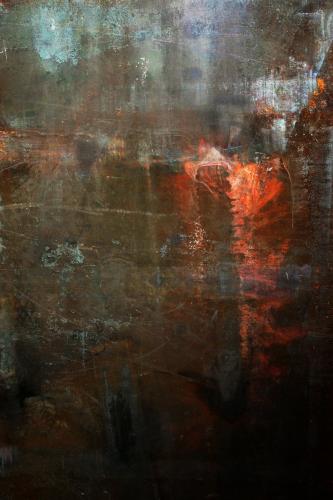
Steel 23.
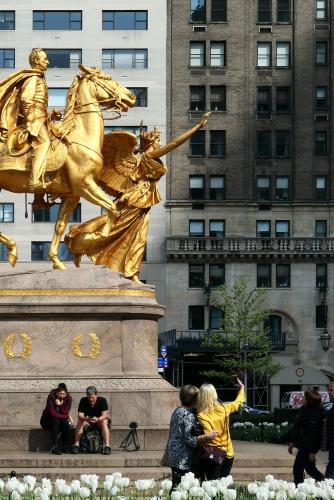
Selfie JL.
Color: Lorem ipsum dolor sit amet, consectetur adipisicing elit. Distinctio, eveniet?
